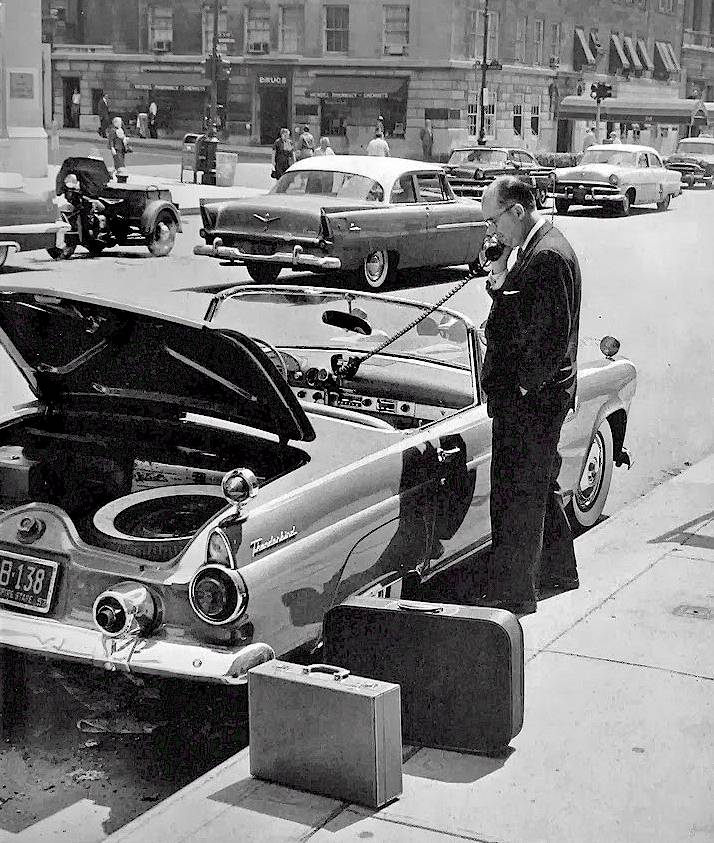
Am I one of the few who didn’t realise where the name Motorola originated from? The American telecommunication company’s first commercial product was a radio made for motor vehicles in the 1930s, and in 1946, it was Motorola equipment that carried the first calls on the Bell System’s new radiotelephone service for motor vehicles. This too, comes as a surprise – that car phones were in commercial use since the 1940s. So with my mind ever so slightly blown, I decided to take a ride down the memory lane of car phone history. Care to join?
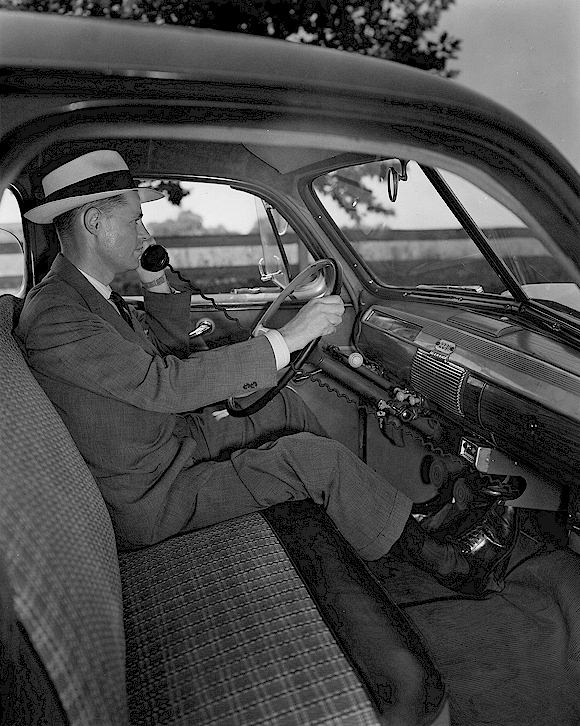
The original carphone weighed about 80 pounds. Calls would bounce uninterrupted between “cells” of coverage and along America’s highways, remote receivers were mounted in weatherproof cabinets at the bottom of telephone poles.
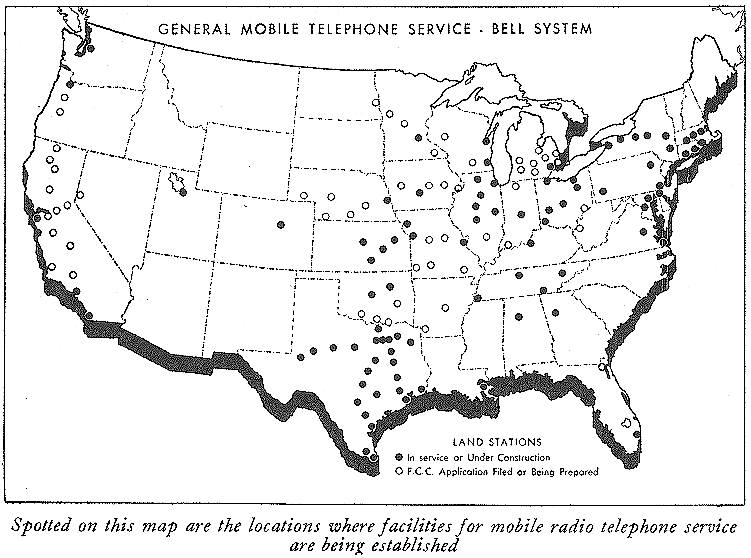
By 1948, the commercial service was available in 60 cities in the United States and Canada, with 4000 mobile subscribers, handling 117,000 calls per month. And the concept of the cellular phone was born.
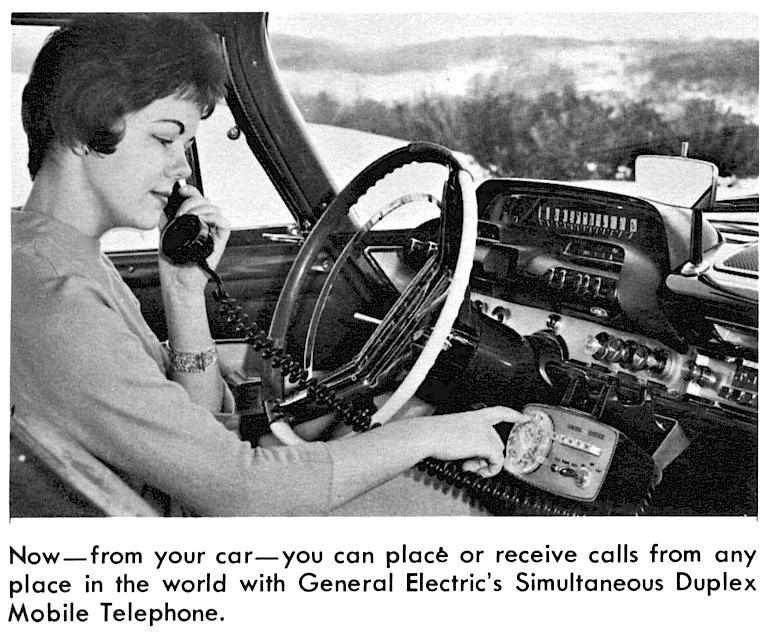
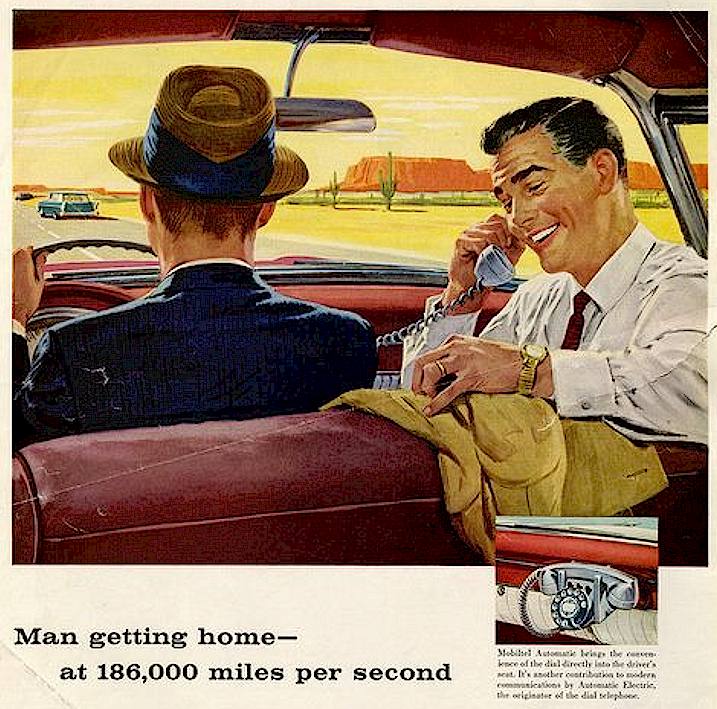
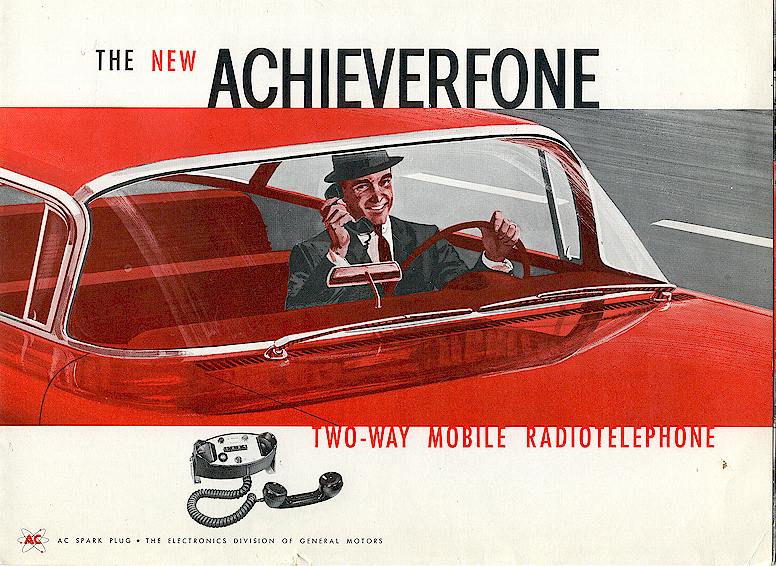
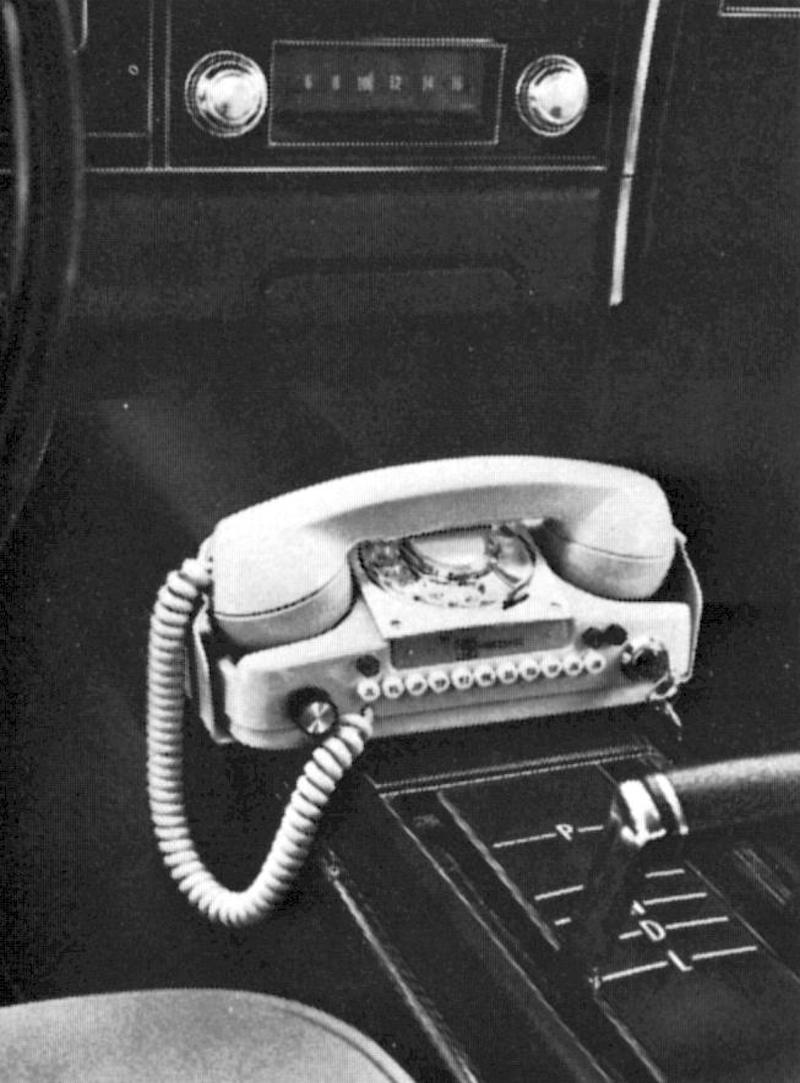
In the earliest days, users had to depress a button on the handset to talk and release the button to listen. There was also no continuity of service as the phones moved through several cell areas and only a limited number of people could use the service at any time. Still, with the growing mobility of the American population in the postwar years, suddenly, everyone needed a phone in their car. Five to ten year waiting lists for the service began to form. The demand was there, the technology was on its way.
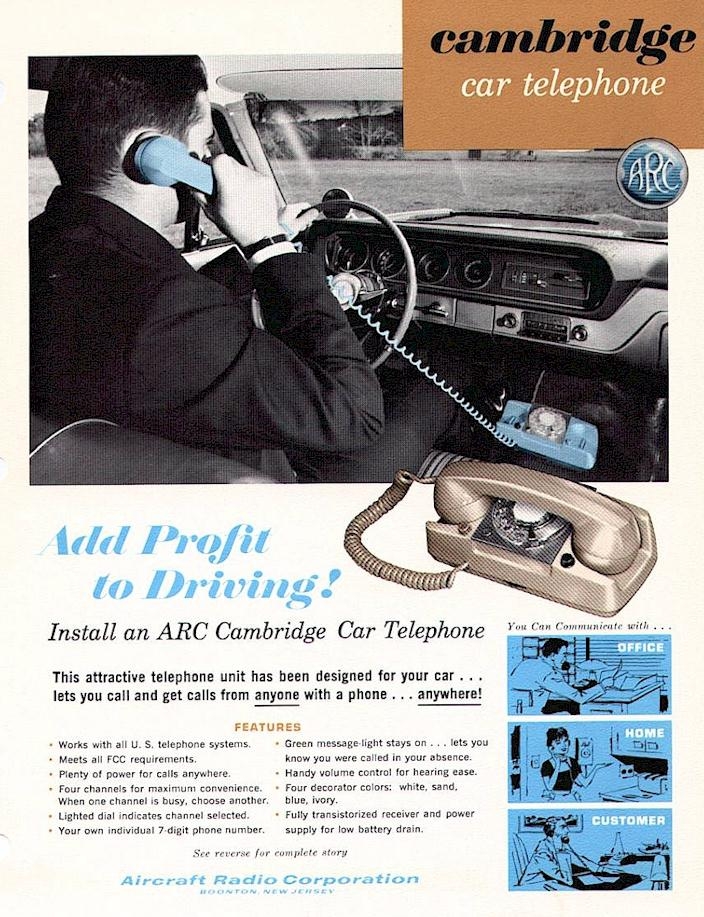
In the UK, there was also a vehicle-based system called “Post Office Radiophone Service,” which was launched around the city of Manchester in 1959, and although it required callers to speak to an operator, it was possible to be put through to any subscriber in Great Britain:
By the 1950s, Americans could dial their own calls without the need for operator assistance and the phones became more reliable. At about $176 per month and $3.50–4.75 per call in today’s currency, service and equipment from companies like Motorola was expensive but worth it
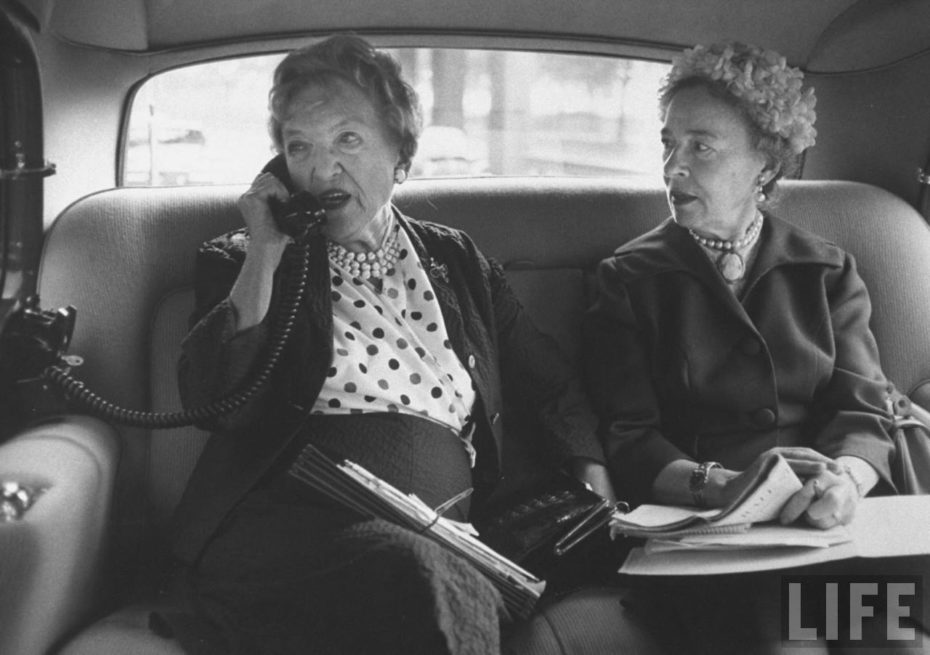
Hollywood stars propelled the idea of the mobile “executive”, whose chauffeured limousine could double as an office, complete with car phone and pop-out dictator machine. Here’s Humphrey Bogart in his 1953 Chrysler Crown imperial:
In the 1960s, the size and weight of the equipment was reduced but demand still outstripped capacity. In New York City, for example, 2,000 customers shared just 12 radio channels and typically had to wait 30 minutes to place a call.
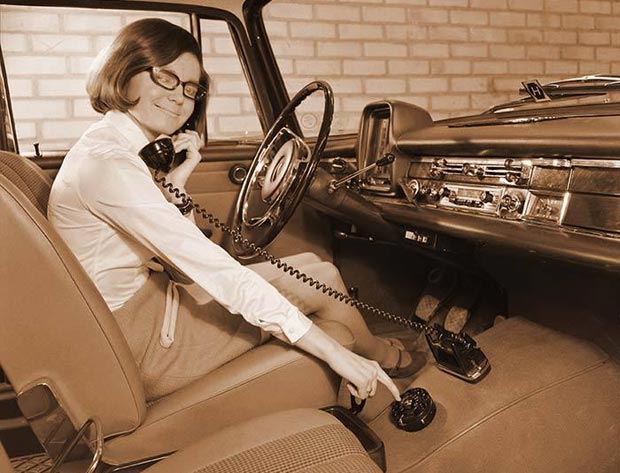
Around this time, Martin Cooper himself (the Motorola engineer who would go on to develop the first portable cellphone), testified before the Michigan State Highway Commission about the risks of talking on the phone and driving. “There should be a lock on the dial,” he testified, “so that you couldn’t dial while driving.”
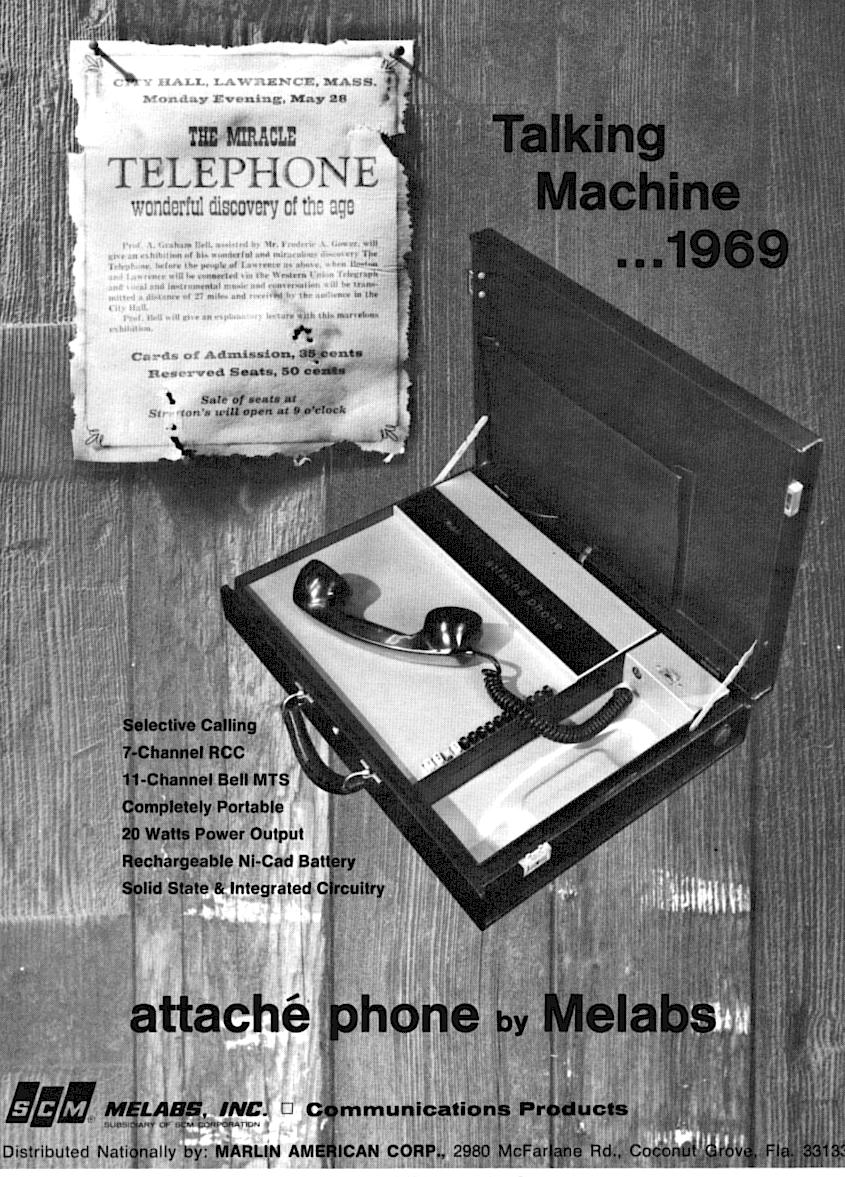
By the late 60s, the attaché case telephone became possible. Despite its sketchier early models being extremely heavy and having limited battery life, if you owned one of these, there was no doubt about it – you were the real-life “James Bond”. The antenna was a foil strip glued behind the leather interior trim of the upper half of the case.
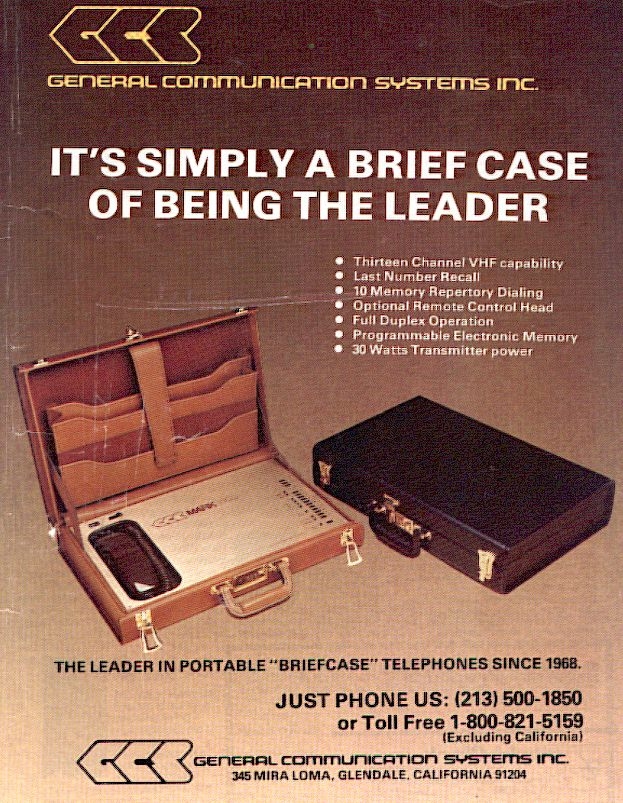
Then, in 1973, Martin Cooper conceived the first handheld mobile phone (distinct from the car phone) in 1973 and led the team that developed it and brought it to market ten years later in 1983. He is considered the “father of the cell phone” (his wife and business partner Arlene Harris is also known as the “first lady of wireless.”)
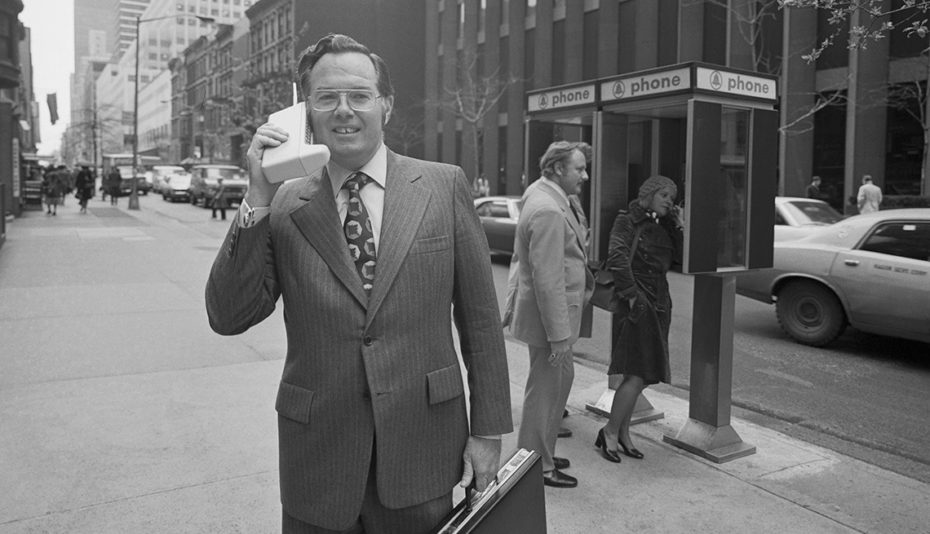
In the 1980s, the car phone was still more popular than the cellular phone, but as the new portable technology became lighter and more affordable during the boom of the 90s, car phones became less common.
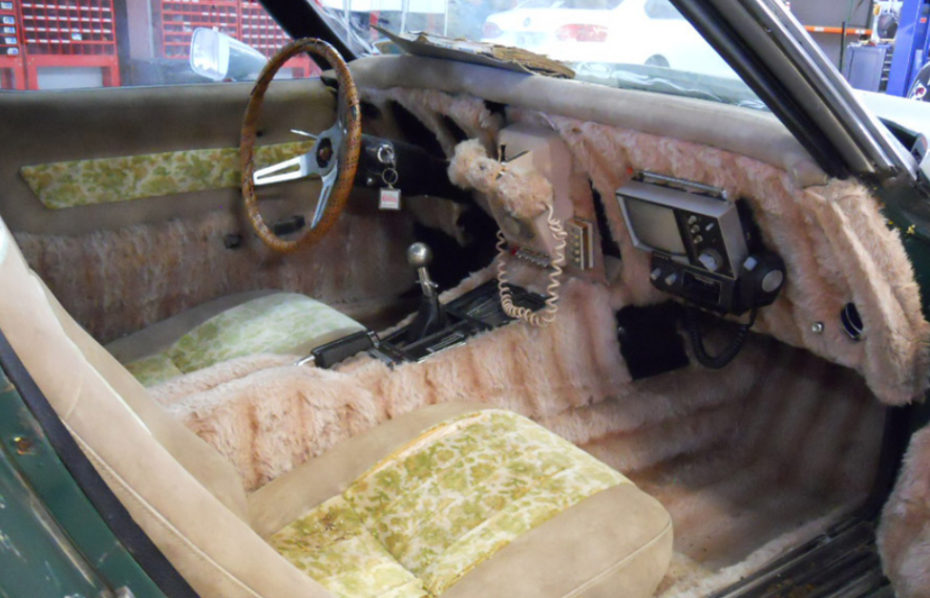
As major manufacturers geared up to provide cellular equipment, no new radio-operated mobile phones were offered after 1982, although some car phones were still available on the market as recently as 2008, including the Nokia 810 and the Motorola VC6096. Fast-forward to the dawn of the 2020s, with smartphone applications like Whatsapp and Facebook messenger, talking to anyone on any kind of mobile phone device has come to feel outdated and time-inefficient in a millennial’s world.
And on that nostalgia-inducing note, I’ll leave you with this brilliant BBC news clip from 1979, in which reporter Michael Rodd makes a call with an experimental cordless mobile phone:
Further in-depth reading on car-phones here.













